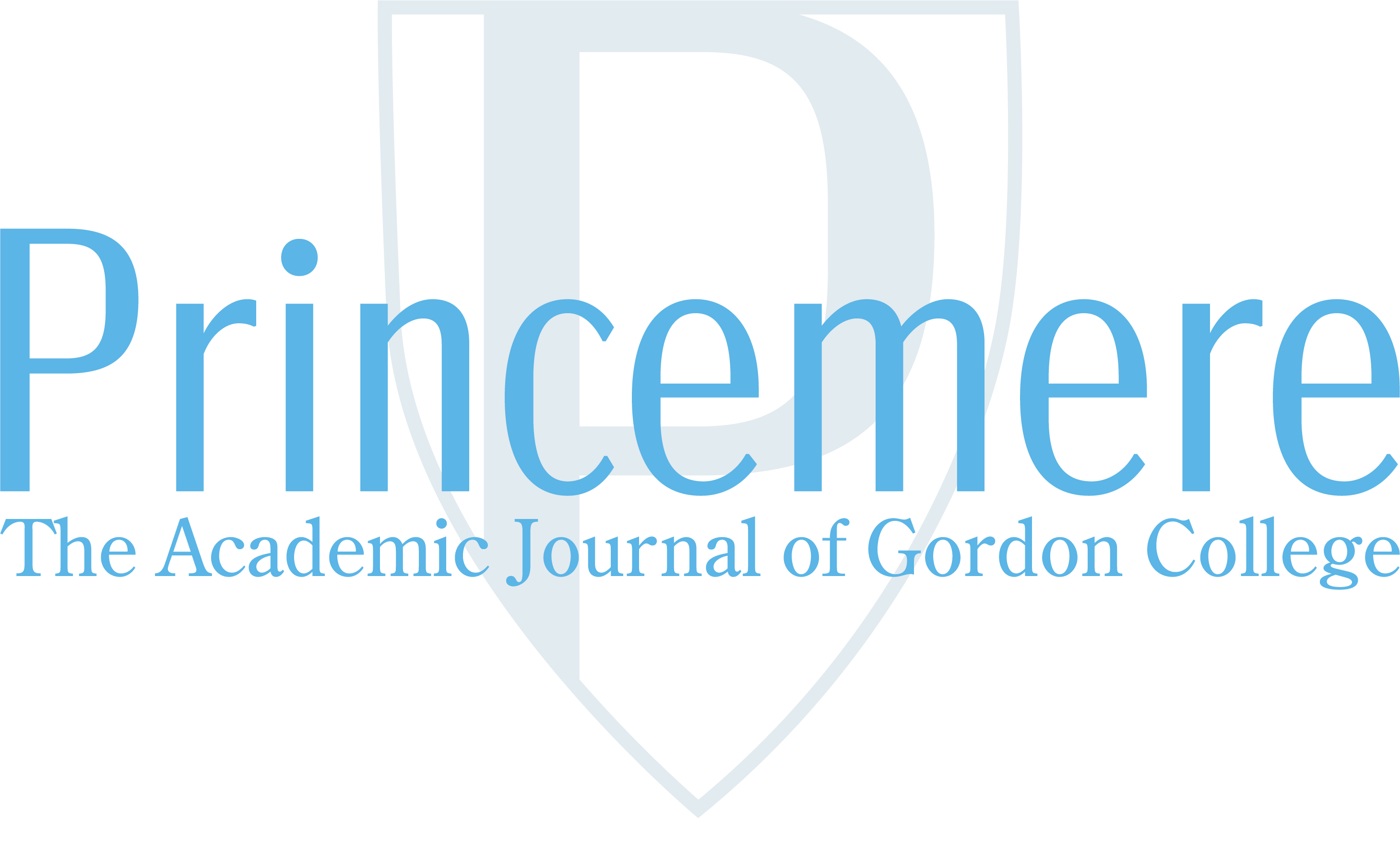Our world has long seen the violence of homogeneous regimes toil and struggle on its soil— this age-old drama is nothing new. From the police brutality seen last summer to the often-mentioned Holocaust that scorned Germany in the 1940s, humankind seems averse to peace. Global society must take stock of these happenings and ponder what actions must be taken for there to be peace on earth. However, the church’s role within the quest for peace is crucial because they know the truth: the ultimate peace will not come until Christ’s return. What does Christ’s peace look like then? To Beth Felker Jones, a leading Biblical Pauline scholar, the answer to peace lies within our call to diversity as Christians: “… difference is integral to any meaningful invocation of peace. Without difference, the concept of peace is vacant. If difference were to be wiped away, our hope for the eschaton would no longer be that God’s peace will be manifest in its fullness” (101). The point being made here is critical to how the Christian community views the violent events in humankind and what they all share in common: a lack of diversity. True Kingdom-minded eschatology seeks to make way for Jesus here on earth by its pursuit of diversity for holistic peace, rather than avoidance of difference.
Christians need to recognize the central role that variety within the church and world plays. The reality Paul spoke of in 53AD reflects this role; he emphasizes the importance of a variety of people and giftings within the Kingdom of God: “… God arranged the members in the body, each one of them, as he chose. If all were a single member, where would the body be?” (ESV Bible, 1 Cor. 12.12-19). Many feats of human genius seen in today’s globalized world are a result of cultures coming together, strengthening each others’ virtues, and producing something beautiful. For example, much of New York’s early architecture is a blend of Dutch genius and British creativity. The New York we have today would not be New York without this collision of cultures (Chatterton 2018, Medium). Modern Christianity would do well to observe the obvious surface-level benefits of diversity as seen in the secular world and extrapolate this philosophy into its own church. The truth modeled for Christians in the Bible is one that celebrates the binding effort of difference.
Therefore, the ideal Christian community embraces difference in its multi-faceted forms, and the embracing of such ideals aligns with what Jesus brought to the table through his death and resurrection. Peace in the Bible is not defined as a promotion of uniformity, but it is viewed as Christ’s tearing down of separation between gentile and Jew: “For he himself is our peace, who has made the two groups one and has destroyed the barrier, the dividing wall of hostility” (NLT Bible Eph. 2.14). The scripture here is clear that peace is not a lack of diversity, rather a marriage of difference into one cohesive unit. Tensions between these two people groups were high, and they had no true peace because of their rejection of diversity:
The enmity of which the apostle speaks was reciprocal among the Jews and Gentiles. The former detested the Gentiles, and could hardly allow them the denomination of men; the latter had the Jews in the most sovereign contempt, because of the peculiarity of their religious rites and ceremonies, which were different from those of all the other nations of the earth. (Clarke)
Although the Jew vs. gentile social issue is not a major issue in the church as it once was before, the idea standing behind it still applies to today’s church. The global church still has many competing denominations and pockets, white vs. black churches, pentecostal vs. baptist, American vs. UKian, etc. that, on many levels, refuse to engage in meaningful dialogue for a more unified church. By spurning the tearing down of walls within the church, there continues to be a lack of Christ’s peace.
So, then, what do Christians have to look to as an example of holistic, diversified peace? In Revelation, a glimpse of God’s intended diversity for the church is given: “After this I saw a vast crowd, too great to count, from every nation and tribe and people and language…” (NLT Bible Rev. 7.9). There is representation of varying people groups in heaven, where the ultimate peace lies, not a lack of variation. It is clear that heaven promotes a diversified church body; otherwise, it would not be the ultimate end of creation as we see in Revelation. Yet, there is still unification amongst the different people: “…they were clothed in white robes and held palm branches in their hands” (Rev. 7.9). Even in the midst of celebrated difference, there remains a semblance of synthesizing cultures into one commonality— a white robe. God’s view of holistic, perfected peace is lucid: many parts forming a whole.
It follows then, if the church is eager for Christ’s return, they should make way for him here on earth. The best way to accomplish this task is through the unification of the diverse global church. Perhaps this unification is best pursued through the removal of “the other”. In different pockets of the church, there is an attitude of viewing Christians from different cultures as separate or patronizingly “different”. However, through the lens of the fast-growing mission work in the eastern world, the idea of the “other” deteriorates rapidly:
But am I even their “neighbor”?! Local churches and denominations in the United States and elsewhere are wrestling with the passé nature of the old “foreign” versus “domestic” ministry paradigm. New partnerships are emerging and the pain is felt as the joints and sinews develop. (Myers 4)
While the western world deliberates over whether or not to cohese with their locally different churches, the rest of the world continues to sew into a greater patchwork of future-thinking Kingdom partnerships. This example is a fantastic outlook for the church as a whole to take on, in the pursuit of peace.
True eschatology is not one that desires for Christ’s return to efface all variance, that would not reflect God’s intent for creation. Rather, earnestly awaiting Jesus to set all things right requires the Church to begin the peacemaking process now. Peace means repairing the fabric of kingdom partnership God originally desired for his children to be in. Christ’s tarrying in his return is not his fault— it’s ours. Diversity in the creation of peace should be as simple as going beyond oneself to understand the other, yet the church treats it as an insurmountable task. Our groom gently raps on our chamber window “are you done stitching the dress yet?” while we fumble with the simplicity of mere buttons on the bodice.

Mariva Deborde

